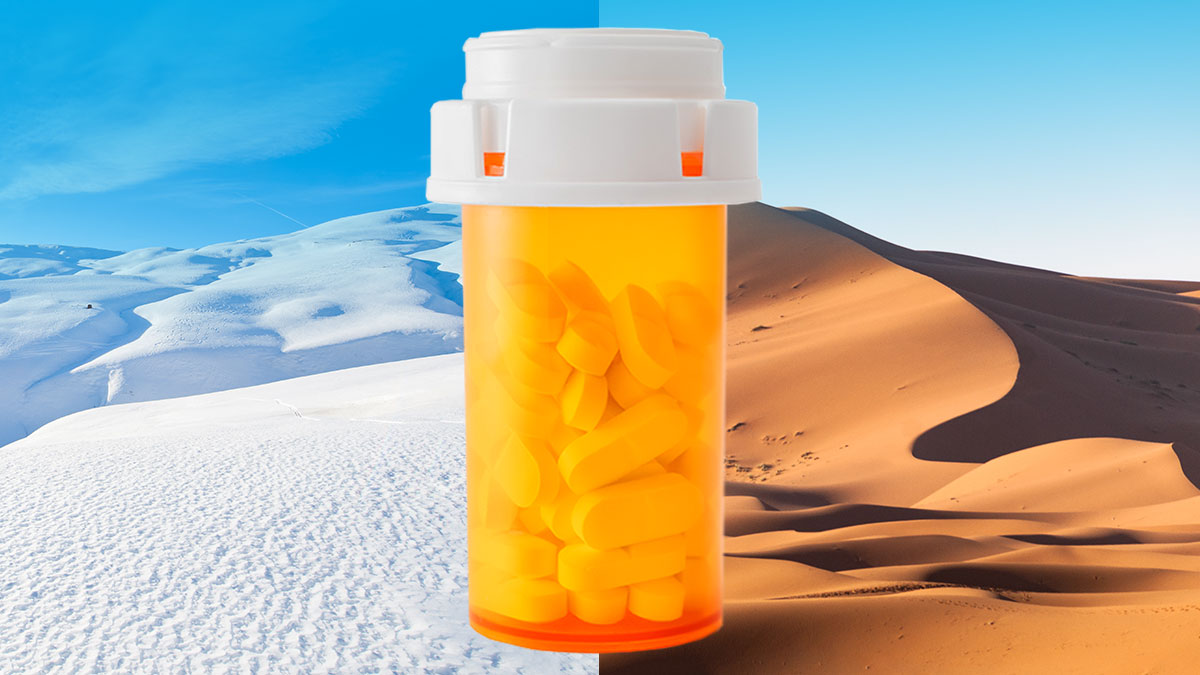Shelf Life: Take Control of Stability Testing
Typically, both drug substance and drug product are tested in at least two different storage conditions: long term ambient storage temperature and accelerated conditions predicting product stability over a long period of time.
The purpose of stability testing is to understand how the quality of an Active Pharmaceutical Ingredient (API) varies when different environmental factors such as temperature, humidity and light are introduced. Stability testing also includes the study of product related factors that influence the quality of a drug, for example, interaction of API with excipients, container closure systems and packaging materials.
Conducting stability testing
The International Council for Harmonisation of Technical Requirements for Pharmaceuticals for Human Use (ICH) provides guidelines that need to be applied to drugs to eventually gain market approval.
Pharmaceutical companies within the ICH regions have to meet the standards outlined by the ICH. There are many ways that manufacturers can determine the stability of their product. This leaves room for some innovation, but there are certain methods necessary for completing productive stability testing. Some of these methods include:
Distinguish active ingredients
The stability test does not need to use the same assay method used to determine the product’s strength. It does, however, need to detail the active ingredient apart from degradation products. You must also be able to reasonably estimate the quantity of degradate.
Degradation chambers
Degradation chambers – or stability chambers – are a common technique for performing a degradation study. The cabinets used to perform these tests are made to subject substances to varying temperatures, levels of humidity, and light exposure. The length of the drug’s exposure is also tested and typically lasts up to several months.
Instrumentation
In addition to the stability tests, manufacturers need to constantly pay attention to their instrumentation. Proper maintenance and calibration is needed to avoid inaccurate or unreliable testing results.
Best practices
Technological advancements are pushing all industries to continue to evolve and innovate, especially in biotech. Companies should continue to update their testing, utilizing new software and instrumentation that will continue to improve data integrity.
Some recommendations for maintaining control of your stability testing include:
- Control over the storage environment: The incubators and storage cabinets that are used in stability tests must be calibrated and monitored to ensure accuracy.
- Thermal mapping: For validation, one should accurately track the storage space temperature. There are solutions that make this simple, such as PerkinElmer OneSource Services. With GLP/GMP compliant thermal mapping, you can ensure the reliability of your results.
- Be thorough: Test the drug substance and drug product in at least two different storage conditions.
For more on the importance of pharma stability testing and guidance on how to ensure that you’re meeting the outlined conditions, you can read our full article here.
